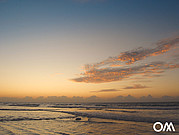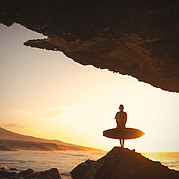Surfing on the beach with the shipwreck in Fuerteventura
In connection with sightseeing on Fuerteventura, many of us have seen the image of a ship lying on the beach, washed by strong waves.
The S.S. America, or later American Star, was launched in New York in 1940 and, at 220 metres long, was one of the largest and most luxurious cruise ships of the time. On 10 decks there were pools, restaurants, hairdressers and a ballroom in the art deco style of the time. Investors planned to tow the special ship, which was by now a kind of museum piece, to Southeast Asia in the early 1990s. There it was to be turned into a tourist attraction, a floating hotel.
A tugboat under the Ukrainian flag was chartered to tow the American Star safely through the rough Atlantic to Asia. The propellers of the American Star were dismantled and the ship was towed with ropes. On 17 January 1994, the Ukrainian tug with the American Star was caught in a heavy storm with waves over 8 metres high. The sturdy ropes broke and an attempt by a helicopter-assisted salvage crew to reattach the tow ropes on board the American Star failed.
The ship was thus lost and finally ran aground on the coast off Fuerteventura, at Playa de Garcey. There it also broke in two. The rear part of the S.S. America sank into the sea only two years later. The front part was still clearly visible from the beach for well over a decade and only disappeared into the ocean for good in 2007. Today you can only see some metal parts sticking out of the sea at low tide.
Most of the luxurious furnishings of the American Star are probably now in private sheds and garages on Fuerteventura. Because a stranded cruise ship was naturally a sensation on the sparsely populated Canary Island.
Completely independent of the story and the shipwreck, the beach known as Playa de Garcey has another special feature. This is especially popular with us surfers. The wind on the beach of the shipwreck is always weaker and partly offshore thanks to the mountains in the background, while it is very strong and onshore at other places on the west coast.
In addition, there is a relatively harmless channel, i.e. a very practical current for advanced surfers, which pulls out towards the line up.
Directions to the shipwreck at Playa de Garcey
At the beginning of these directions we must point out the condition of the track. The drive to the shipwreck is definitely something for off-road vehicles only. In contrast to other gravel roads on Fuerteventura, the road leading to the wreck of the American Star is very rarely maintained and repaired.
We would never expose our surf school bus to the track leading to the shipwreck. You need robust vehicles like our Land Rover Defenders for this tour. We are the only surf school that regularly drives our Land Rovers to the beach with the shipwreck and also gives surf lessons there.
To get to the shipwreck, leave the southern Fuerteventura motorway at the exit before Costa Calma in the direction of Pajara and La Pared. You follow the country road and pass La Pared and then the village of La Hermosa. The landscape becomes more and more mountainous and the road leads up a long mountain. At its top there is a lookout point from which you have a magnificent view of the deserted west coast of the southern peninsula of Fuerteventura.
The road now leads partly in serpentines through the mountainous part of Fuerteventura. The gentle hills are also called the valley of the sleeping elephants because of their round shape and partly reddish colour. You will pass tomato plantations, which you will recognise by the large covers that are supposed to store moisture.
After you have crossed a mountain ridge for a second time in serpentines, the road makes a long right turn and on the left side you will see a gravel road in the valley. Follow the road until, just before a bend, it meets the beginning of the gravel road. There is a small sign on the side of the road that says "Playa de Garcey". This is the name of the beach where the American Star ran aground.
Now the hardest part of the tour begins - the rough gravel road towards the sea. At the end of this gravel road is the beach Playa de Garcey. Theoretically, you can drive your car right up to the beach. However, this has been forbidden by the police some years ago and we recommend that you park further up at the beginning of the bay.
The waves at the shipwreck, Playa de Garcey
As with all beaches, the waves also change on the beach of the shipwreck after violent storms with large swells. Sandbanks are shifted or change their shape and so do the breaking waves. Due to the location of the bay and the long cliff that borders the northern end of the bay, there are some points here where waves actually always break.
Right next to the big cliff at the northern end of the bay, there is a current that carries the water from the broken waves back out to sea. Currents that pull away from the beach out to sea (channels) are always something for advanced surfers and can also be dangerous in some cases.
The current on the beach of the shipwreck is the more gentle version of these currents. Here it does not pull the surfers in front of a steep cliff, as for example in La Pared, but into the bay. More or less directly behind the beginning of the wave.
In the middle of the right or northern half of the bay, next to the channel, a wave almost always breaks. This wave usually breaks from right to left, as seen from the beach.
Further in the middle of the bay, usually left or south of the end of the first small beach section, another wave breaks. This wave usually breaks from left to right, as seen from the beach, and is therefore also called a left wave.
In which conditions do you surf at the shipwreck, Playa de Garcey?
With changing tides, the shape of the waves in Garcey also changes. At low tide, the waves break into wide foam waves, so that even beginners can try their first standing attempts in the white water here. Quite a few of our surf students have surfed their first green waves here. For advanced surfers, the waves at the shipwreck are better at medium tide levels. On summer days with little swell, you can also surf clean small waves at the shipwreck at low tide.
For advanced surfers, big waves at Garcey are more likely at high tide. Thanks to the geographical position of the bay and the sheltered location, the waves on the beach of the shipwreck do not break as quickly in their entirety (close out). Therefore, you can surf comparatively bigger waves here than in La Pared. If the waves in Garcey are so big that they are no longer surfable, there are often small clean waves in Jandia at the beach section "Cruz Roja".
The wind can also get strong at the shipwreck, but compared to La Pared, the bay is always much more sheltered from the wind. It is not uncommon for the strong trade winds on the beach of the shipwreck to be offshore in summer. Nevertheless, it is of course also the case in Garcey that the wind is usually weaker in the morning than during the day.
On days with very strong trade winds, the wind waves at the beach section "El Pozo" in Jandia and at the beach below the small settlement in Esquinzo are also good alternatives to surfing at the shipwreck.
What do you have to pay attention to when surfing at Playa de Garcey?
The beach of the American Star wreck is a friendly surf spot and there are hardly any hidden dangers.
As with all surf spots and beaches on Fuerteventura's west coast, you should not be subject to an optical illusion when you see big waves. This means that when looking at the waves from above, for example from the edge of a bay, inexperienced surfers often do not realise the strength and size of the waves. In the water, unpleasant surprises can then occur if the surfer is overwhelmed by the force of the waves.
Those who want to surf on the beach of the shipwreck in white water should only do so at low tide. After heavy storms with strong waves, it can happen that where the foam waves break, there are many round stones and the bottom is therefore not as smooth and soft as usual. Then it takes a few weeks until enough sand has accumulated in the bay again.
At the left or southern end of the bay, as in La Pared, there is another current that drives surfers and swimmers out to sea. In contrast to the current at the north end of the bay, the current at the south end pulls surfers in front of the cliffs.
At low tide, you can still see the last remains of the sunken shipwreck at this surf spot. Under no circumstances should you attempt to explore or climb these last pieces of wreckage. The metal is very sharp-edged and the surrounding waves can create unpredictable currents. Many locals and tourists have been seriously injured here.
In summer, the shipwreck is one of the best beaches on Fuerteventura for surfing. Many locals who camp here with their families also know this. A little restraint, respect and a friendly "Hola" are just as appropriate on the beach as on the water.
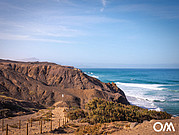

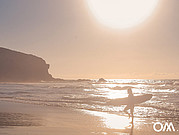
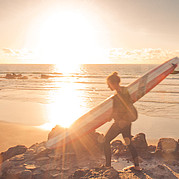
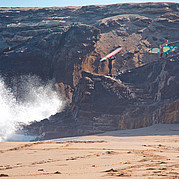
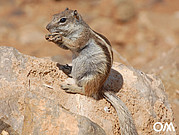
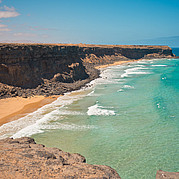
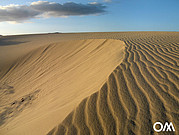
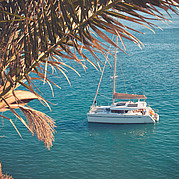

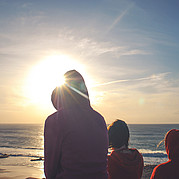
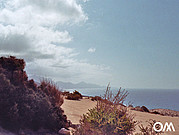
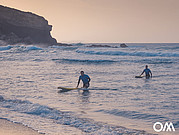
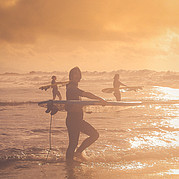
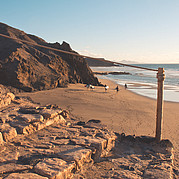
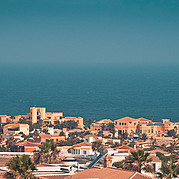
![[Translate to English:] Beach BBQ in La Pared](/fileadmin/_processed_/5/1/csm_Lagerfeuer-Strand-La-Pared_01_bffd36dbab.jpg)
